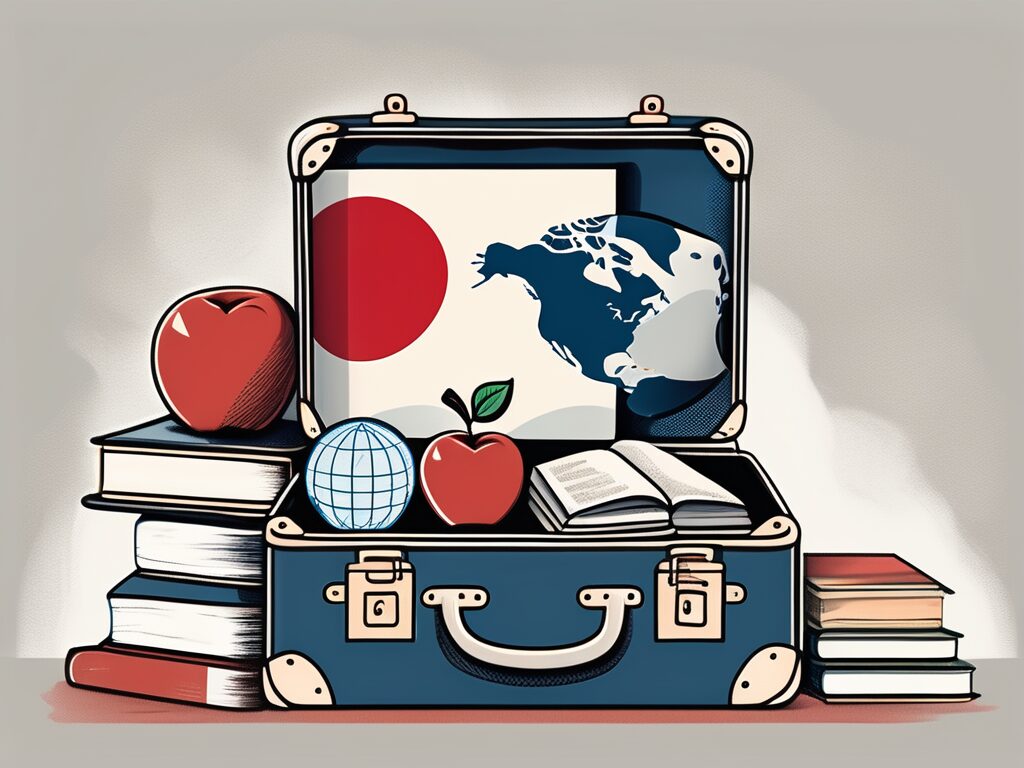html
Transform Learning: 4 Innovative Tech Methods for China Classrooms
In the rapidly evolving landscape of education, technology has emerged as a powerful catalyst for change, particularly in China. As classrooms become increasingly digitised, educators are presented with unique opportunities to enhance learning experiences and outcomes. This blog post explores four innovative tech methods that are transforming learning in China’s classrooms, providing educators with actionable insights to implement these strategies effectively. Whether you are a teacher, administrator, or educational technologist, understanding these methods can help you stay ahead in the educational revolution.
1. Flipped Classrooms: Redefining Traditional Learning
The flipped classroom model is gaining traction in China, allowing students to engage with learning materials at their own pace before coming to class for deeper discussions and collaborative activities. This method not only fosters independent learning but also maximises classroom time for interactive and hands-on experiences.
According to a study by the Australian Government Department of Education, students in flipped classrooms showed a 20% increase in engagement and retention rates compared to traditional methods. By leveraging online platforms such as Edmodo or Kahoot!, teachers can create a repository of video lectures, quizzes, and discussion forums that students can access anytime, anywhere.
2. Gamification: Making Learning Fun and Engaging
Gamification is another innovative tech method that is transforming classrooms across China. By incorporating game-like elements into the learning process, educators can motivate students and enhance their engagement. This approach taps into the natural competitive spirit of students, making learning more enjoyable and effective.
For instance, platforms like Classcraft allow teachers to create a game-based learning environment where students earn points for completing assignments, participating in class discussions, and collaborating with peers. A report from Gartner indicates that gamification can lead to a 50% increase in student motivation and a 30% improvement in learning outcomes.
3. Virtual Reality (VR): Immersive Learning Experiences
Virtual reality is revolutionising the way students experience education. In China, schools are beginning to adopt VR technology to create immersive learning environments that transport students to different places and times. This method is particularly effective in subjects like history, science, and geography, where students can explore ancient civilisations, conduct virtual experiments, or visit distant lands without leaving the classroom.
For example, Google Earth VR allows students to explore the globe in 3D, providing a unique perspective on geographical concepts. A study published in the Journal of Educational Technology & Society found that students using VR technology demonstrated a 30% increase in knowledge retention compared to traditional learning methods.
4. Artificial Intelligence (AI): Personalising Learning Experiences
Artificial intelligence is making waves in education by enabling personalised learning experiences tailored to individual student needs. In China, AI-driven platforms are being used to assess student performance, identify learning gaps, and provide customised resources to help students succeed.
For instance, platforms like Squirrel AI utilise machine learning algorithms to analyse student data and deliver personalised learning paths. According to a report by McKinsey & Company, schools that implement AI-driven personalised learning can see a 25% improvement in student performance and engagement.
Conclusion
As we have explored, the integration of innovative tech methods such as flipped classrooms, gamification, virtual reality, and artificial intelligence is transforming learning in China’s classrooms. These approaches not only enhance student engagement and motivation but also foster a more personalised and effective learning environment. By embracing these technologies, educators can prepare students for the challenges of the future and create a more inclusive education system.
Empower Your Teaching Career with IPGCE
As we strive for a more inclusive education system in Malaysia, the role of qualified and well-trained educators becomes increasingly crucial. IPGCE is dedicated to supporting teachers in their professional journey, offering the International Postgraduate Certificate in Education (iPGCE) to enhance qualifications and open doors to international teaching opportunities. With our program, you can expect a significant increase in interview callbacks, promotion rates, and salary. Plus, you’ll join a global network of educators, gain a deeper understanding of international curricula, and enjoy the flexibility of online study. Don’t let inadequate credentials or isolation hold you back. Join the UK’s #1 Teacher Training Course today and take a decisive step towards a fulfilling career in inclusive education.
For more insights on educational technology, check out our posts on the benefits of gamification in education and the future of virtual reality in classrooms.
Connect with us on LinkedIn to stay updated on the latest in educational technology and teaching strategies!

